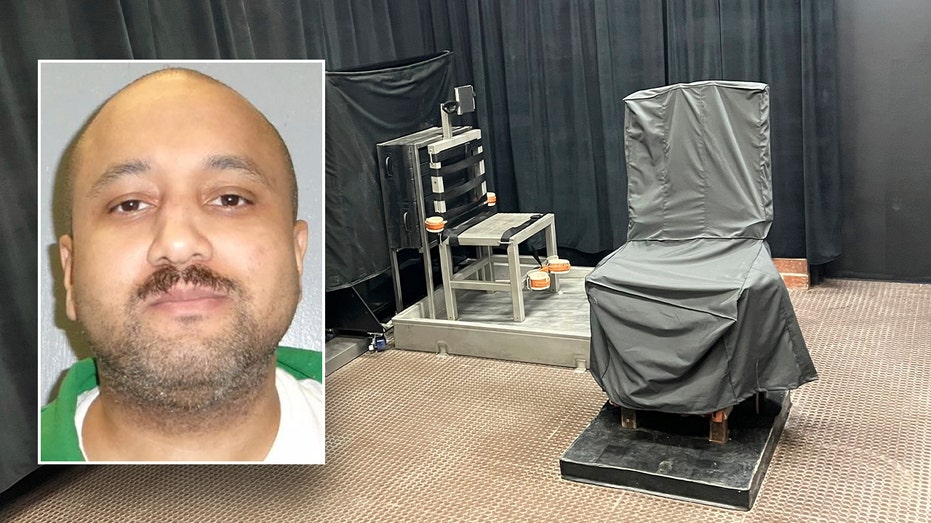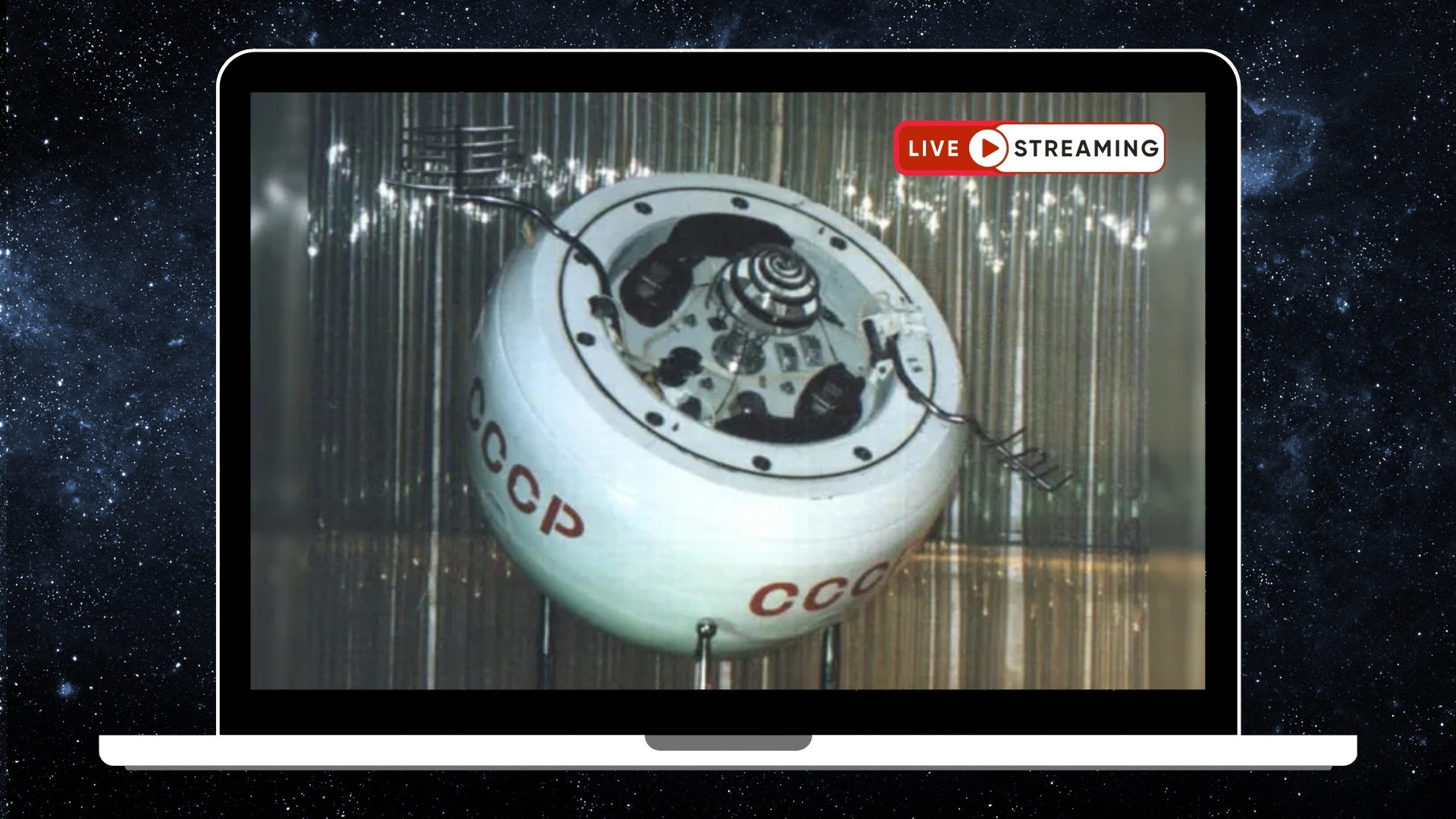Deploying AI/ML Models via Cloud APIs in Healthcare: A Developer's Guide to National Impact
You’re not just shipping models, you’re shaping lives. In healthcare, a few seconds matter. Imagine if a machine learning model could detect early signs of sepsis, flag potential readmissions, or recommend preventive interventions before a human could even process the chart. Now imagine that model being served securely, in real-time, via a REST API deployed to the cloud and plugged straight into an Electronic Health Record (EHR). Welcome to the world of AI/ML model deployment in healthcare at national scale. This paper is a technical walkthrough of how developers can build, deploy, and serve ML models via APIs using cloud platforms like Azure, AWS, and Google Cloud, with a real-world healthcare use case, and how this work contributes to public health innovation (and even supports National Interest Waiver eligibility for immigration in the U.S.). Step 1: Train a Model (We’ll Use Scikit-Learn for Demo) # train_model.py from sklearn.ensemble import RandomForestClassifier from sklearn.datasets import make_classification import joblib X, y = make_classification(n_samples=1000, n_features=20, random_state=42) clf = RandomForestClassifier() clf.fit(X, y) joblib.dump(clf, 'model.pkl') Train your model locally or in a cloud notebook (like Azure ML Studio or AWS SageMaker Notebook). Step 2: Serve It as an API (Using FastAPI) # app.py from fastapi import FastAPI import joblib import numpy as np app = FastAPI() model = joblib.load('model.pkl') @app.post("/predict") def predict(data: list): prediction = model.predict([data]) return {"prediction": int(prediction[0])} This tiny FastAPI app wraps your ML model as a REST API. Now, containerize it using Docker: # Dockerfile FROM tiangolo/uvicorn-gunicorn-fastapi:python3.8 COPY . /app WORKDIR /app RUN pip install -r requirements.txt Step 3: Deploy to the Cloud (Azure / AWS / GCP) In Azure, for example: az containerapp up \ --name ml-api \ --resource-group healthai \ --image \ --ingress external \ --target-port 80 After deployment, your model becomes live at: Real-time AI. Scalable. Secure. Healthcare Use Case: Predicting Patient Readmission Risk Input: Patient demographics, vitals, last 30 days' encounters Output: { "prediction": 1 // 1 = high risk of readmission } Embedded into: EHR (Epic, Cerner, etc.) Care coordination apps Insurance care management dashboards Impact: Hospitals can proactively intervene → reduce penalties → improve patient care. Bonus: Secure with OAuth2 / JWT Tokens Use Azure AD B2C or AWS Cognito to protect your API. You can add middleware or use API Gateway policies for: OAuth2 token validation IP filtering Rate limiting Why This Matters: The NIW Angle This work isn’t just techy; it’s nationally impactful: Reduces preventable hospital readmissions Supports predictive public health systems Helps rural clinics access AI through APIs Aligns with CMS + HHS mandates for digital healthcare Proves you’re contributing to the U.S. national interest; critical for EB2-NIW green card applicants in healthcare tech Conclusion AI/ML isn’t impactful until it’s deployed; and in healthcare, deployment means saving lives. Cloud APIs are the bridge between research and reality. As a developer, if you're building APIs that deliver real-time intelligence into clinical systems, you’re already building for national impact. Build APIs. Save lives. Strengthen America’s healthcare.

You’re not just shipping models, you’re shaping lives.
In healthcare, a few seconds matter. Imagine if a machine learning model could detect early signs of sepsis, flag potential readmissions, or recommend preventive interventions before a human could even process the chart. Now imagine that model being served securely, in real-time, via a REST API deployed to the cloud and plugged straight into an Electronic Health Record (EHR).
Welcome to the world of AI/ML model deployment in healthcare at national scale.
This paper is a technical walkthrough of how developers can build, deploy, and serve ML models via APIs using cloud platforms like Azure, AWS, and Google Cloud, with a real-world healthcare use case, and how this work contributes to public health innovation (and even supports National Interest Waiver eligibility for immigration in the U.S.).
Step 1: Train a Model (We’ll Use Scikit-Learn for Demo)
# train_model.py
from sklearn.ensemble import RandomForestClassifier
from sklearn.datasets import make_classification
import joblib
X, y = make_classification(n_samples=1000, n_features=20, random_state=42)
clf = RandomForestClassifier()
clf.fit(X, y)
joblib.dump(clf, 'model.pkl')
Train your model locally or in a cloud notebook (like Azure ML Studio or AWS SageMaker Notebook).
Step 2: Serve It as an API (Using FastAPI)
# app.py
from fastapi import FastAPI
import joblib
import numpy as np
app = FastAPI()
model = joblib.load('model.pkl')
@app.post("/predict")
def predict(data: list):
prediction = model.predict([data])
return {"prediction": int(prediction[0])}
This tiny FastAPI app wraps your ML model as a REST API.
Now, containerize it using Docker:
# Dockerfile
FROM tiangolo/uvicorn-gunicorn-fastapi:python3.8
COPY . /app
WORKDIR /app
RUN pip install -r requirements.txt
Step 3: Deploy to the Cloud (Azure / AWS / GCP)
In Azure, for example:
az containerapp up \
--name ml-api \
--resource-group healthai \
--image \
--ingress external \
--target-port 80
After deployment, your model becomes live at:
Real-time AI. Scalable. Secure.
Healthcare Use Case: Predicting Patient Readmission Risk
Input:
Patient demographics, vitals, last 30 days' encounters
Output:
{
"prediction": 1 // 1 = high risk of readmission
}
Embedded into:
- EHR (Epic, Cerner, etc.)
- Care coordination apps
- Insurance care management dashboards
Impact:
Hospitals can proactively intervene → reduce penalties → improve patient care.
Bonus: Secure with OAuth2 / JWT Tokens
Use Azure AD B2C or AWS Cognito to protect your API.
You can add middleware or use API Gateway policies for:
- OAuth2 token validation
- IP filtering
- Rate limiting
Why This Matters: The NIW Angle
This work isn’t just techy; it’s nationally impactful:
- Reduces preventable hospital readmissions
- Supports predictive public health systems
- Helps rural clinics access AI through APIs
- Aligns with CMS + HHS mandates for digital healthcare
- Proves you’re contributing to the U.S. national interest; critical for EB2-NIW green card applicants in healthcare tech
Conclusion
AI/ML isn’t impactful until it’s deployed; and in healthcare, deployment means saving lives.
Cloud APIs are the bridge between research and reality.
As a developer, if you're building APIs that deliver real-time intelligence into clinical systems, you’re already building for national impact.
Build APIs. Save lives. Strengthen America’s healthcare.







































































